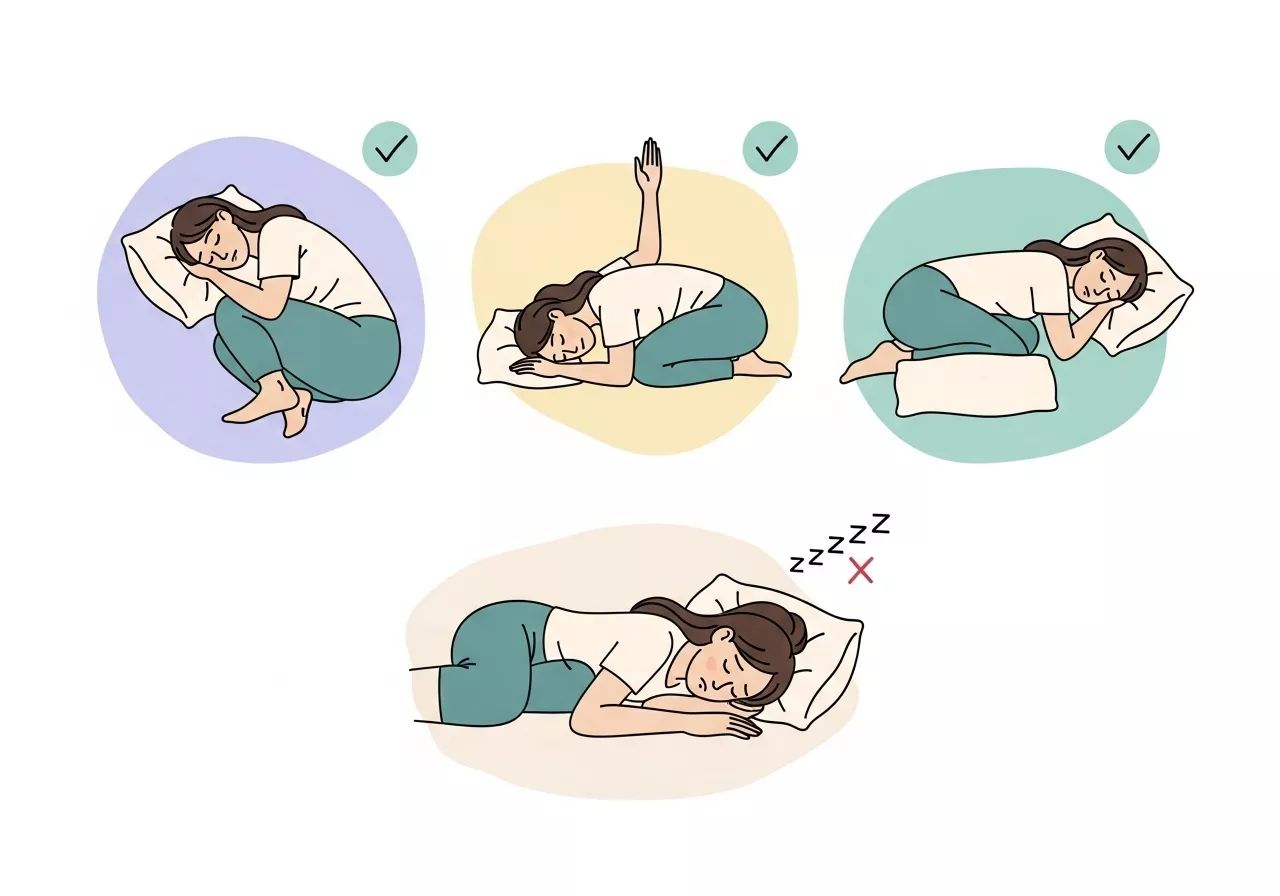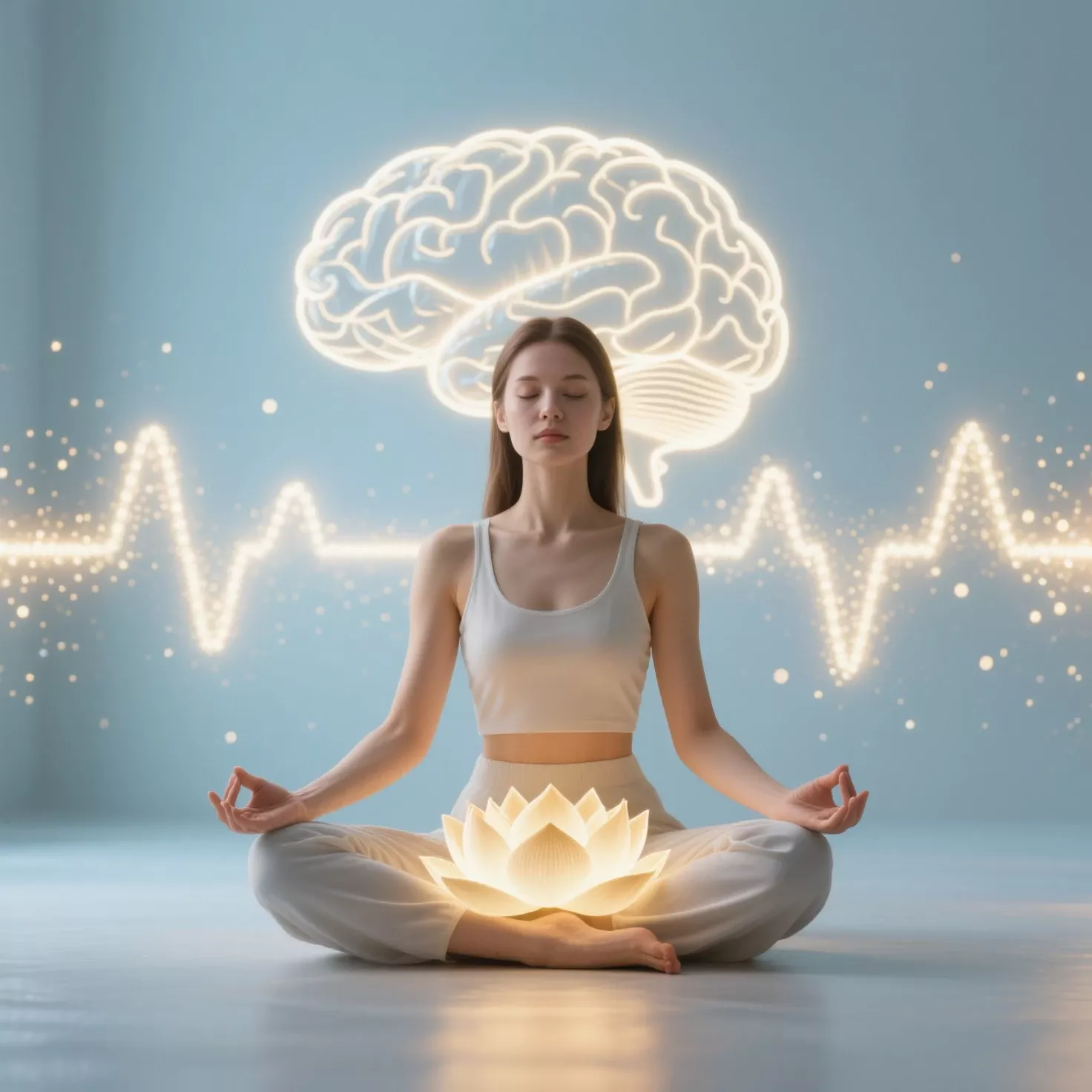Yoga, an ancient practice originating in India nearly 5,000 years ago, has evolved into a comprehensive discipline that unites the mind and body through meditation, physical postures, and controlled breathing.
Despite common misconceptions that yoga is less suited for men, it offers substantial benefits for individuals of all genders.

Engaging in yoga sessions ranging from 60 to 90 minutes can be more challenging than anticipated, providing a full-body workout that targets the legs, core, and upper body.
This practice enhances muscle engagement, flexibility, and mental focus, as practitioners concentrate on breathing throughout each pose.
Regular yoga practice promotes relaxation, injury prevention, and a deeper understanding of one’s physical capabilities.

The advantages of consistent yoga practice are extensive:
Physical Benefits of Yoga
Weight Management
Yoga helps maintain a healthy weight by promoting calorie burn, improving digestion, and boosting metabolism. While some styles like Vinyasa and Power Yoga can actively burn significant calories, other forms focus on mindfulness and stress reduction, which may curb overeating or unhealthy habits.
Enhanced Muscle Strength and Tone
Yoga works to strengthen muscles across the entire body through a series of dynamic poses and static holds. This builds lean muscle mass and enhances overall muscle tone, particularly in areas like the core, legs, shoulders, and back.
Improved Flexibility
By regularly practicing yoga, your body gradually increases its range of motion. Over time, tight muscles become looser, and joint mobility improves, helping to prevent stiffness and enhance athletic performance.
Increased Energy Levels and Respiratory Function
Through controlled breathing techniques like pranayama, yoga optimizes lung capacity and oxygenates the body. This leads to improved energy levels, greater stamina, and a better ability to manage daily physical activities.
Enhanced Cardiovascular Health
Yoga improves blood circulation, lowers blood pressure, and reduces cholesterol levels. The combination of physical movement and mindfulness also helps strengthen the heart and support overall cardiovascular wellness.
Prevention of Injuries
Yoga improves balance, flexibility, and posture, making you less prone to injuries in both daily life and athletic pursuits. It also strengthens stabilizing muscles that protect vulnerable joints and soft tissues.
Elevated Athletic Performance
Athletes often use yoga to enhance agility, endurance, and mental focus. It improves muscle recovery times and helps athletes stay physically and mentally prepared for competitions.
Balanced Metabolism
By focusing on core strength and mindful breathing, yoga stimulates the endocrine system, which is responsible for regulating hormones and metabolism. A balanced metabolism contributes to sustained energy levels and effective weight management.

Mental Benefits of Yoga
Reduced Stress and Anxiety
Yoga’s focus on mindfulness and breathing techniques helps calm the mind and reduce stress hormones like cortisol. Practices such as meditation and restorative poses encourage relaxation, making yoga an effective tool for managing anxiety and stress-related conditions.
Improved Sleep Quality
Regular yoga practice can regulate the nervous system and enhance melatonin production, aiding in better sleep. Calming poses like Child’s Pose or Corpse Pose (Savasana) relax the body and prepare the mind for restful, uninterrupted sleep.
Increased Mindfulness and Self-Awareness
Yoga teaches you to focus on the present moment through breath control and mindful movements. This awareness extends beyond the mat, helping you stay connected to your emotions and thoughts in everyday life, fostering a deeper sense of self-awareness.
Natural Antidepressant Effects
Yoga stimulates the release of serotonin and dopamine, often referred to as “feel-good” hormones. These natural mood enhancers make yoga a complementary practice for combating depression and uplifting your overall mood.
Enhanced Attention and Concentration
The meditative aspects of yoga improve focus and mental clarity. Poses that require balance and stability demand concentration, helping to train the mind to remain sharp and present even in demanding situations.
Improved Emotional Regulation
Yoga fosters emotional resilience by teaching you how to respond to challenges calmly. The practice helps regulate mood swings, making you less reactive and more composed in stressful circumstances.
Greater Resilience to Mental Fatigue
Yoga counteracts the effects of mental burnout by providing a space to recharge. Whether it’s through restorative poses or guided meditation, yoga rejuvenates the mind, increasing productivity and creativity.
Holistic Stress Management
By combining physical activity, breathing techniques, and mindfulness, yoga offers a multi-faceted approach to managing stress. It provides tools to cope with everyday challenges and cultivates a sense of inner peace.
Cultivation of Positive Thinking
Yoga encourages a mindset of gratitude and optimism. Through consistent practice, individuals often find themselves embracing a more positive outlook on life, which can contribute to better relationships and overall well-being.
Improved Cognitive Function
Research shows that yoga can enhance memory and cognitive flexibility by stimulating areas of the brain responsible for processing and decision-making. Regular practice keeps the mind sharp and adaptive to new challenges.
A 2016 Harvard University study observed that participants who practiced yoga for 12 minutes daily over three months experienced a 33% reduction in stress and anxiety levels, underscoring the practice’s mental health benefits.
Various yoga styles cater to different preferences and fitness levels, including:
- Ashtanga
- Bikram
- Power
- Yin
- Vinyasa
- Hatha
- Jivamukti
- Sivananda
For beginners, it’s advisable to start with classes conducted at room temperature before exploring more intense forms like hot yoga, which is performed in environments heated to 40 degrees Celsius.
Embarking on a yoga journey requires minimal equipment:
- A yoga mat
- Comfortable clothing
- A towel
- Water
To ease into the practice, consider starting with online resources. For instance, a 20-minute beginner’s yoga video can help familiarize you with basic poses and postures. As you gain confidence, you might explore more challenging classes or join local yoga sessions.
Incorporating yoga into your routine can lead to significant improvements in both physical and mental well-being. By dedicating time to this practice, you invest in a healthier, more balanced lifestyle.



